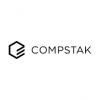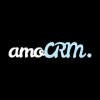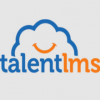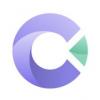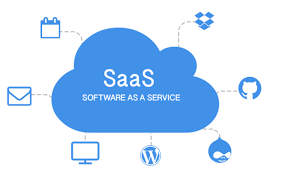 The software as a service (SaaS) industry is constantly changing. When Marc Andersen published his article "Why Software is Eating the World" ten years ago, many people didn't believe him. But it's now clear that he was right.
The software as a service (SaaS) industry is constantly changing. When Marc Andersen published his article "Why Software is Eating the World" ten years ago, many people didn't believe him. But it's now clear that he was right.
Today, some of the most valuable companies worldwide specialize in tech and software, like Microsoft and Google. A contemporary study indicates that at least 80% of businesses somehow use SaaS applications.
As the tech industry continues to grow, so does the importance of understanding the SaaS sales funnel and business model. According to a study by BetterCloud, by 2020, nearly 80% of all applications will be SaaS-based.
As a company looking to break into the tech industry, you must learn about the ins and outs of the SaaS sales funnel and business model. By doing so, you'll be able to better compete with some of the big names in the industry.
This article will make the concept of the SaaS model easier for you. Here we will explain the basics you must know about the B2B SaaS business prototype and what makes it worthwhile.
What is the SaaS business Model?
The Software as a Product (SaaP) concept is likely familiar to anyone who has ever worked with a software development company. In this model, you purchase a license from a software provider, and an app is hosted on your device. However, this method can be expensive, requiring either renting a server or buying the associated hardware.
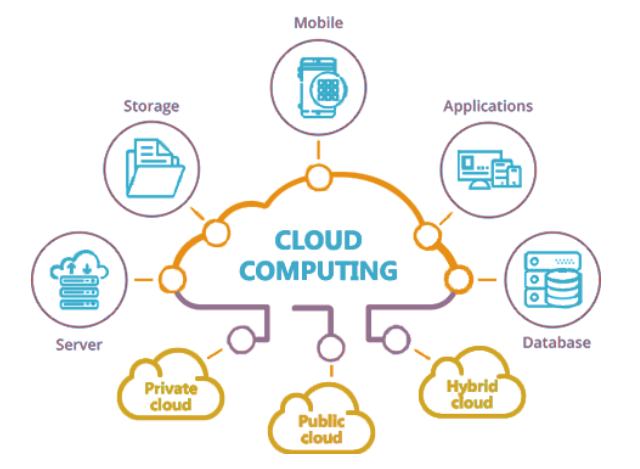 Cloud computing has changed the game when it comes to IT solutions. SaaS solutions have risen to meet the demand for high-quality, reliable IT solutions. This business model offers your company several advantages and benefits that can help you stay ahead of the competition.
Cloud computing has changed the game when it comes to IT solutions. SaaS solutions have risen to meet the demand for high-quality, reliable IT solutions. This business model offers your company several advantages and benefits that can help you stay ahead of the competition.
SaaS is a type of Software that allows users to access and use it via the internet. With SaaS, businesses can avoid the high upfront costs of traditional Software and the need to maintain and update it themselves. Instead, they pay a recurring subscription fee to use the Software.
A large logistics company needs a robust CRM to manage incoming orders efficiently. There are two possible ways the company can do this:
On-Premise Solution Development
Developing an on-premise solution can be time-consuming and expensive. Still, it can also be worth it for businesses that need tailored functionality. The process typically starts with a business owner contacting a development agency and describing their idea. Together, they discuss terms and functionality. In several months (relying on the application's complexness), the client acquires a fully-functional solution designed for their respective needs.
SaaS solution
The company subscribes to a CRM service, chooses the functionality they need, and starts using it right away. The provider hosts the service, so the customer doesn't need to worry about infrastructure or maintenance. It is less expensive and faster to implement than an on-premise solution. Still, it may not have all the features the company needs.
There are various types of apps available for any need. Business owners can buy a license to use the solution from any device with an internet connection. SaaS apps are stored on remote servers, which are safe and accessible.
Before deciding, understand the difference between cloud computing and Software as a service.
Differentiating Between PaaS and IaaS
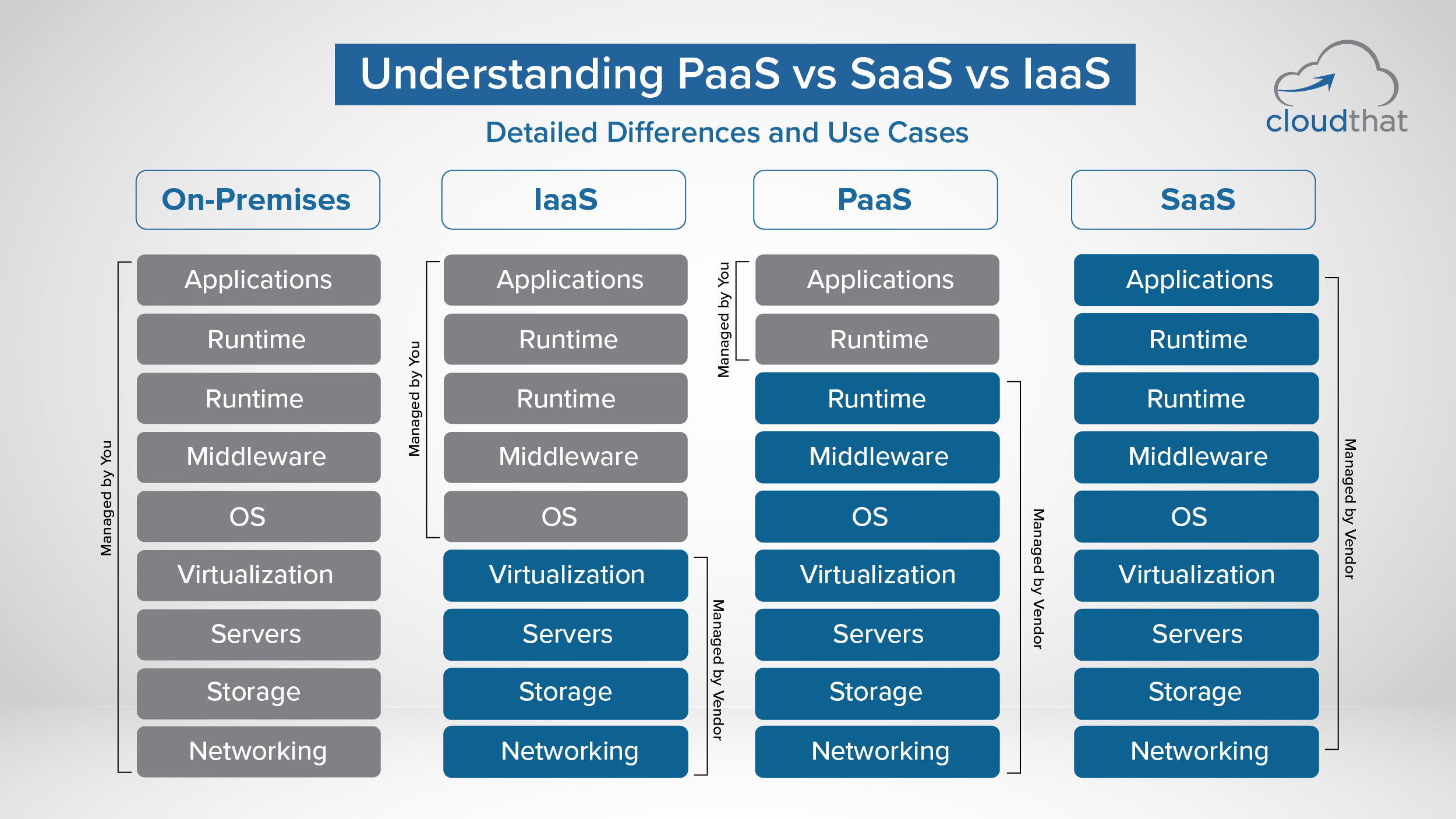
You should know about two other models of cloud computing: IaaS and PaaS.
PaaS provides you with the ability to rent cloud-based infrastructure. This includes things like storage, servers, and networking. PaaS, or Platform as a Service, enables you to develop applications on a cloud-based platform. This platform includes an operating system, IDE, database, and everything else you need to build an app. Heroku and Red Hat OpenShift are two examples of this business model.
Infrastructure as a Service (IaaS) can provide you with the digital equivalent of the hardware infrastructure you need to install and run powerful software. This can include servers, IP addresses, networks, firewalls, etc. Amazon Elastic Compute Cloud and Windows Azure are web services that use this business model.
Stages of a SaaS Model
Like any business, a SaaS business goes through different stages of development. However, the timeline for each step can vary depending on the specific industry and company. After being introduced to the SaaS business model definition, it's essential to understand the different stages it goes through until it becomes a profitable venture for its founders.
SaaS can be a harsh industry to get into if you don't know what you're doing. It would help if you learned a lot of jargon and different processes before you can start buying and selling property. However, once you get the basics down, it's not as complicated as it seems.
1. Startup phase
Before starting your business with the SaaS revenue model, you must take some initial steps. These include identifying potential customer pain points, building a business plan, preparing a demo or app prototype, and demonstrating how your solution will solve existing problems. It would help if you also made sure that the market is large enough for another IT solution and that your software offers a critical difference from other existing solutions.
Then, you'll need to test your app thoroughly and address any issues that come up as soon as possible. You should also follow best practices and trends in SaaS app development, which can give you valuable insights.
This is the most challenging step to a successful SaaS business for many. However, the following two stages can be just as tricky.
2. Engaging your first customers
In this stage, you'll attract your first customers, employ a marketing strategy and start to make a profit. Here's what you should keep in mind:
- A/B testing: A/B testing is critical. You can use this experiment to try different designs and determine how they impact your target audience. For example, 50% of visitors see the landing page with one green design. The other 50% see a different blue method—a marketing specialist measures design appeals to users more and increases conversion rates and sales.
- Target audience identification: Identifying your target audience is critical, and there are a few ways to go about it. You can use tests and metrics to identify your target audience and create a user persona. This will help you better meet your potential users' needs and, in turn, strengthen your market position.
- Lead generation: Lead generation is also essential during this phase. You can acquire your first customer leads and build a customer database using list building, newsletters, or other methods.
Finally, during this phase, it is crucial to start measuring target retention, user satisfaction, and approximate recurring revenue.
3. Growing a SaaS-based company
Organic growth is always the goal, but you may find that you experience complications when you experience customer growth at an accelerated rate. In these cases, it is essential to strengthening your databases and functionality to improve your services continuously.
Additionally, you may need to extend your customer service team to meet the needs of your increased customer base. Remember that customers often opt for SaaS solutions to minimize effort, so be sure your answer doesn't become more trouble than it's worth.
When you're planning to start a SaaS business, it's important to remember that comfort and stable support are essential for your customers. The more viral your solution is, the more customers will be satisfied with your app. So be prepared to give them the comfort they demand.
4. Stable success
Once you've finally reached the point where your business is stable and profitable, it can be tempting to sit back and enjoy the fruits of your labor. But the thing about being a business owner is that there is always room for improvement. You need to continuously work on improving your product or service if you want to stay ahead of the competition.
It is also vital to retain your existing customers while attracting new ones. The good news is that your company will continue to grow and expand if you can successfully do all of this.
Why is SaaS taking over the world?
Customers love SaaS because it is a simple, effective solution that "just works." There is no need to install anything to access it, and hardware failures and operational errors rarely result in data loss. SaaS companies achieve excellent availability numbers (for example, the percentage of time where the software is accessible and operating correctly), often much higher than those performed by IT departments (and individuals).
SaaS tends to have a lower up-front cost than other software billing models, which can appeal to users who are unsure of which software to commit to long-term or who only need the software for a short period. However, developers love SaaS because of the delivery, not the billing model.
Most SaaS is developed continuously and run on the company's infrastructure. (There are significant exceptions in SaaS in the enterprise, but the overwhelming majority of B2C and B2B SaaS sold outside the enterprise is accessed over the internet from servers maintained by the software company.)
Software companies historically have not controlled the environments their code executes in. It is traditionally a significant source of development friction and customer support cases. All software deployed on customers' hardware suffers from differences in configurations of systems, interactions with other installed software, and operator error. This has to be accounted for in development and dealt with as a customer services issue. Companies that sell their software on both SaaS and installable models frequently see 10+ times more support requests per customer from customers who install the software locally.
SaaS companies have become some of the fastest-growing software companies in history. Businesses and investors love SaaS because the economics of SaaS are impossibly attractive relative to selling software licenses. Revenue from SaaS is generally recurring and predictable; this makes cash flows in SaaS businesses impressively predictable, allowing companies to plan against them and (via investors) trade future cash flows for money in the status quo, enabling them to (generously) fund present growth.
Pros and Cons of the SaaS model
When it comes to the SaaS business model, there are a few things that you need to keep in mind. For vendors, it's important to remember that customers may be hesitant about using your app. You need to offer a superior solution to ensure they want to use your product. For customers, here are a few reasons why you should opt for this type of product:
-You can explore the top reasons they may opt for this type of product
-You can understand how to provide a superior solution.
Suppose you plan to break into a business and launch your own SaaS platform. In that case, you will increase your awareness of why it is a profitable option.
Vendors should opt for SaaS models because of their cost-efficient outcomes, scalability, and accessibility. However, disadvantages exist, such as limited software control, new product data security, and hypergrowth difficulties.

